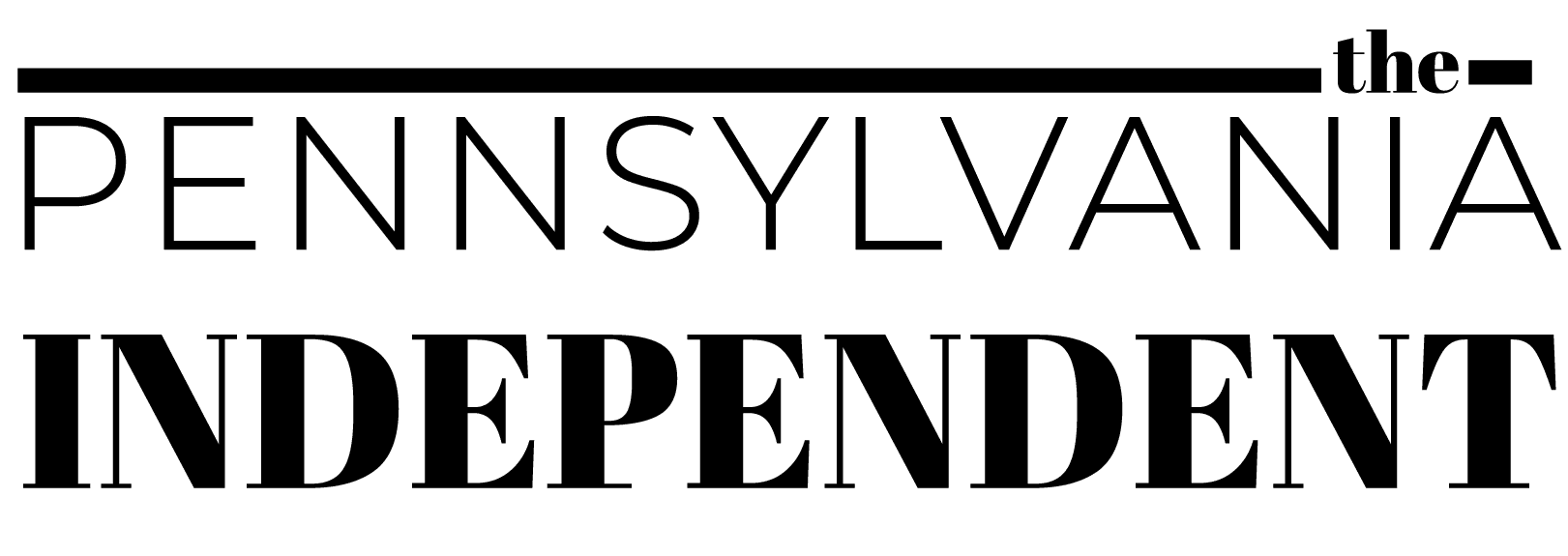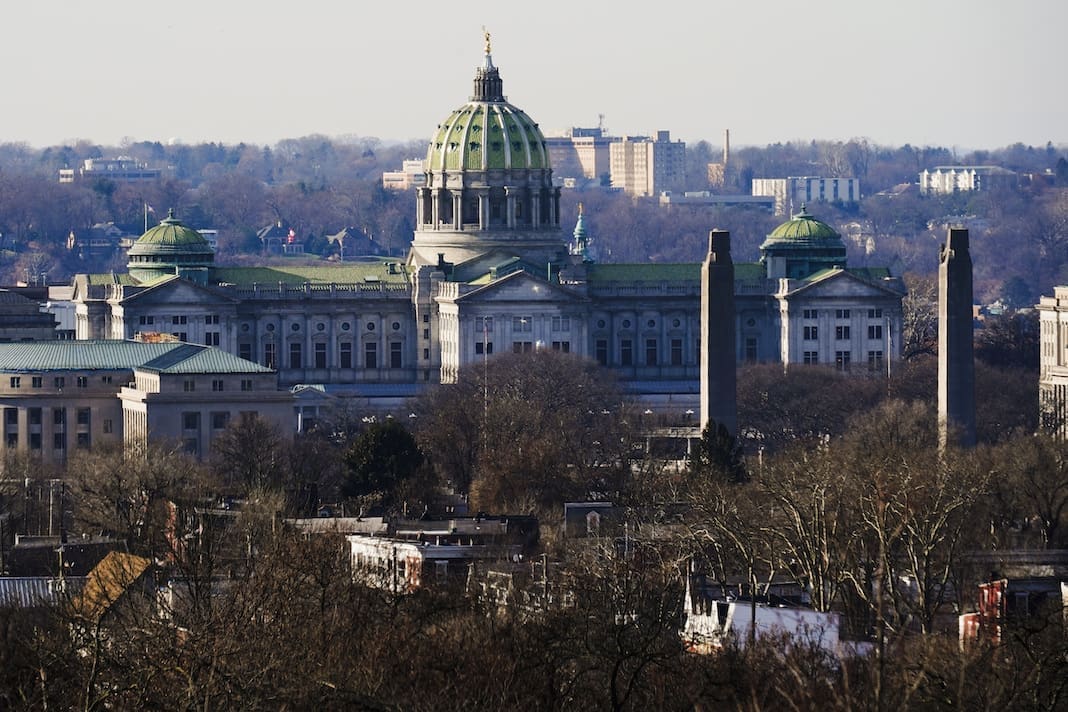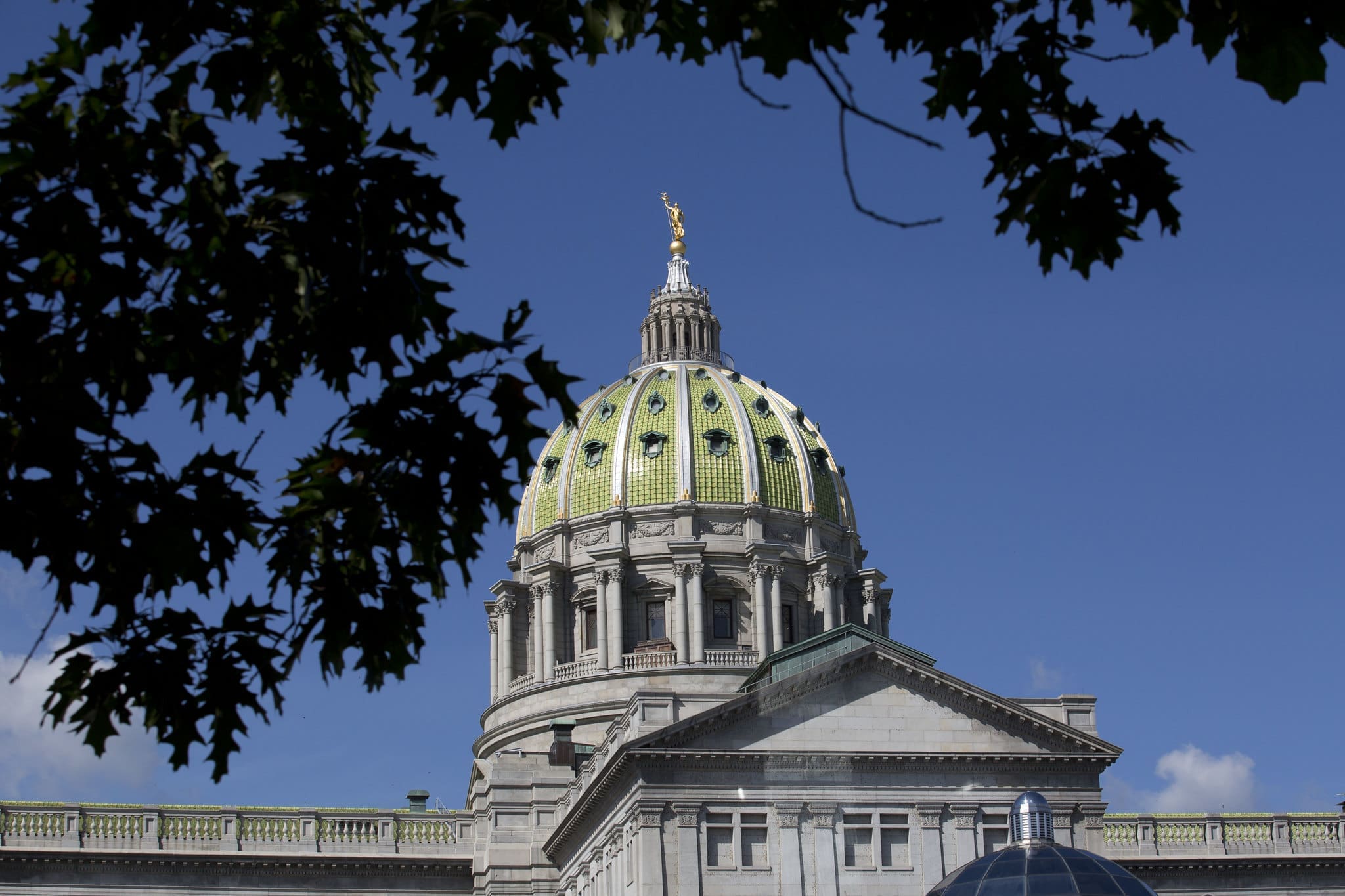Lawmakers recommend more funding for Pennsylvania schools
A report issued by a state commission recommends closing a funding gap of $5.4 billion and using state funds to tackle inequity among school districts.

Pennsylvania schools are underfunded to the tune of $5.4 billion, a new report says.
A 112-page report issued by the majority on the Pennsylvania Basic Education Commission, a bipartisan body of state legislators and governor’s office representatives, issued recommendations for how to better fund education in the Keystone State.
The report laid out an adequacy target for school district funding of approximately $13,704 per student. More than three quarters of Pennsylvania school districts — 387 out of 500 — are spending below that target.
The authors of the report recommend that the state take several steps to address the funding gap over the next seven years.
The state has a responsibility to share funding with school districts, the report says, because different school districts have different local tax capacities: “Therefore, it would be unfair to treat each school district’s adequacy gap the same.”
The report recommends basing local districts’ portion of school funding on the revenue the district can realistically generate, with the state filling in the rest. The report proposes sending additional money to districts that have unusually high taxes to make up for a lack of state funding; such additional money could be used to lower local tax rates.
The report recommends reexamining charter school funding and allocating a minimum of $300 million in annual funding for school facilities. That’s close to the amount the state set aside for a school district facilities reimbursement program during the 2014-2015 fiscal year; that was the last year the program received funding from the state budget..
The report is based on data collected at 13 public hearings held across the state. It includes highlights of testimony given by community leaders who argued for greater state responsibility for funding schools.
“The reality for small school districts, like ours, is that we still need to be competitive with our programming to draw our population to your school district,” Gary Pfeiffer, superintendent of the Chartiers-Houston School District, said in a hearing at Penn State Fayette, southeast of Pittsburgh. “In Western Pennsylvania, in particular, we have an aging population. Those seniors cannot sustain ongoing local tax increases. This formula-review is an opportunity to shift tax burden back onto the State which used to carry more of it, so that we can remain competitive and train students for the new economy.”
Kevin Busher, chief advocacy officer of the Pennsylvania School Boards Association, pointed out during an October hearing at the Hazleton Area School District office that school funding has dropped in the last decade: “In 2011-12, 32% of all special education expenditures were covered by state and federal funding. By 2021-22 that percentage had dropped to just 24% due to mandatory special education costs increasing by nearly $2.4 billion while revenues intended to help cover those costs only increased by $378.5 million.”
The report is nonbinding: It recommends steps for the General Assembly and the governor to take.
“The report adopted by the Basic Education Funding Commission outlines important steps the legislature needs to take to finally fix Pennsylvania’s broken and unconstitutional education funding system,” Democratic state Sens. Vincent Hughes and Nick Miller said in a joint statement. “But we must remember, this report is just a start.”
Democratic Gov. Josh Shapiro is set to introduce his budget for 2024-2025 on Feb. 6. Democratic lawmakers hope to see some of the recommendations in the report included in the new budget.
“This report is a floor, not a ceiling, for what could and should be done to fix Pennsylvania schools and the way we currently approach education funding,” Hughes and Miller said. “With $7 billion in surplus and over $5 billion in the rainy day fund, it would be irresponsible and unconscionable not to act.”
The commission’s majority report was approved by a vote of 8-7, with all Democrats on the commission except one voting in favor of it. A minority report received 6 yes votes, all from Republicans, as well as 6 no votes and 3 abstentions, all of which were from Democrats. That report noted education funding in Pennsylvania has risen in recent years and made more modest funding recommendations.




